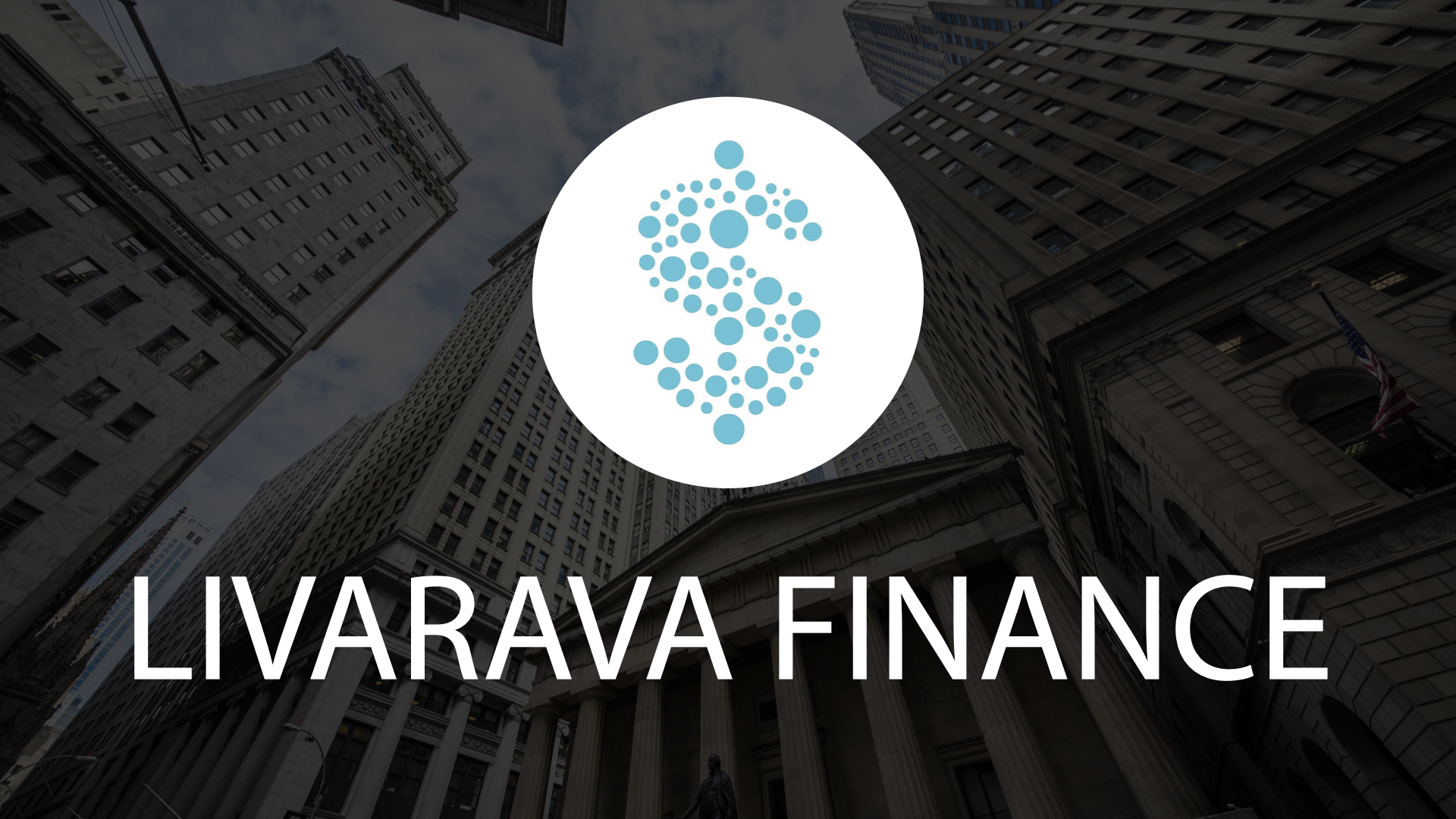Bank of England's First Rate Cut Since 2020: What It Means for the Economy
Thursday, 1 August 2024, 11:13

Bank of England's Recent Rate Cut
The Bank of England has made a landmark decision by cutting interest rates for the first time since 2020. This change is designed to invigorate the economy amidst various challenges facing the financial landscape.
Key Implications of the Rate Cut
- Lower Borrowing Costs: Consumers and businesses may benefit from reduced interest expenses, potentially driving up spending.
- Consumer Confidence Boost: Lower rates could lead to increased confidence among consumers, encouraging them to make major purchases.
- Overall Economic Activity: A more favorable borrowing environment can spark economic growth.
This policy change is expected to have a significant impact as the Bank of England aims to support the economy during its recovery.
This article was prepared using information from open sources in accordance with the principles of Ethical Policy. The editorial team is not responsible for absolute accuracy, as it relies on data from the sources referenced.